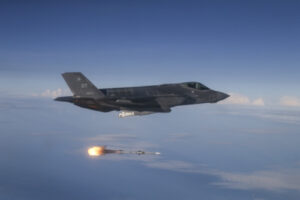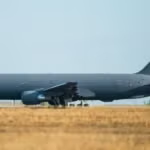
The Defense Department plans to continue studying the feasibility of equipping the F-35 Joint Strike Fighter with new weapons for boost phase interception. The Trump administration’s new missile defense review, released Thursday, states that the Air Force and the Missile Defense Agency will deliver a joint report to senior Pentagon officials in the next six months “on how best to integrate the F-35, including its sensor suite, into the [ballistic missile defense system] for both regional and homeland defense.” The…

 By
By 











